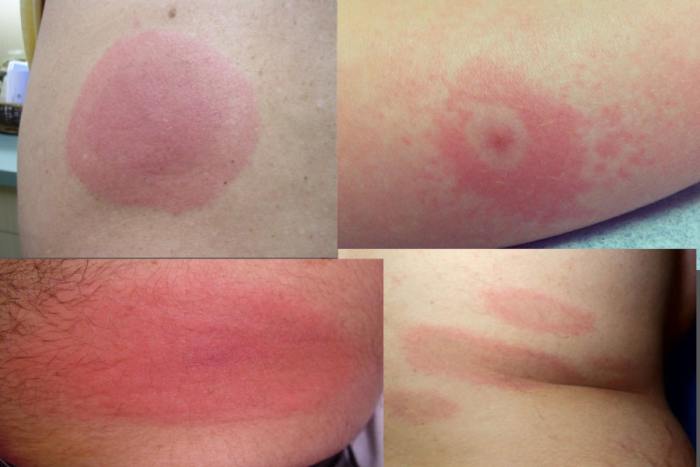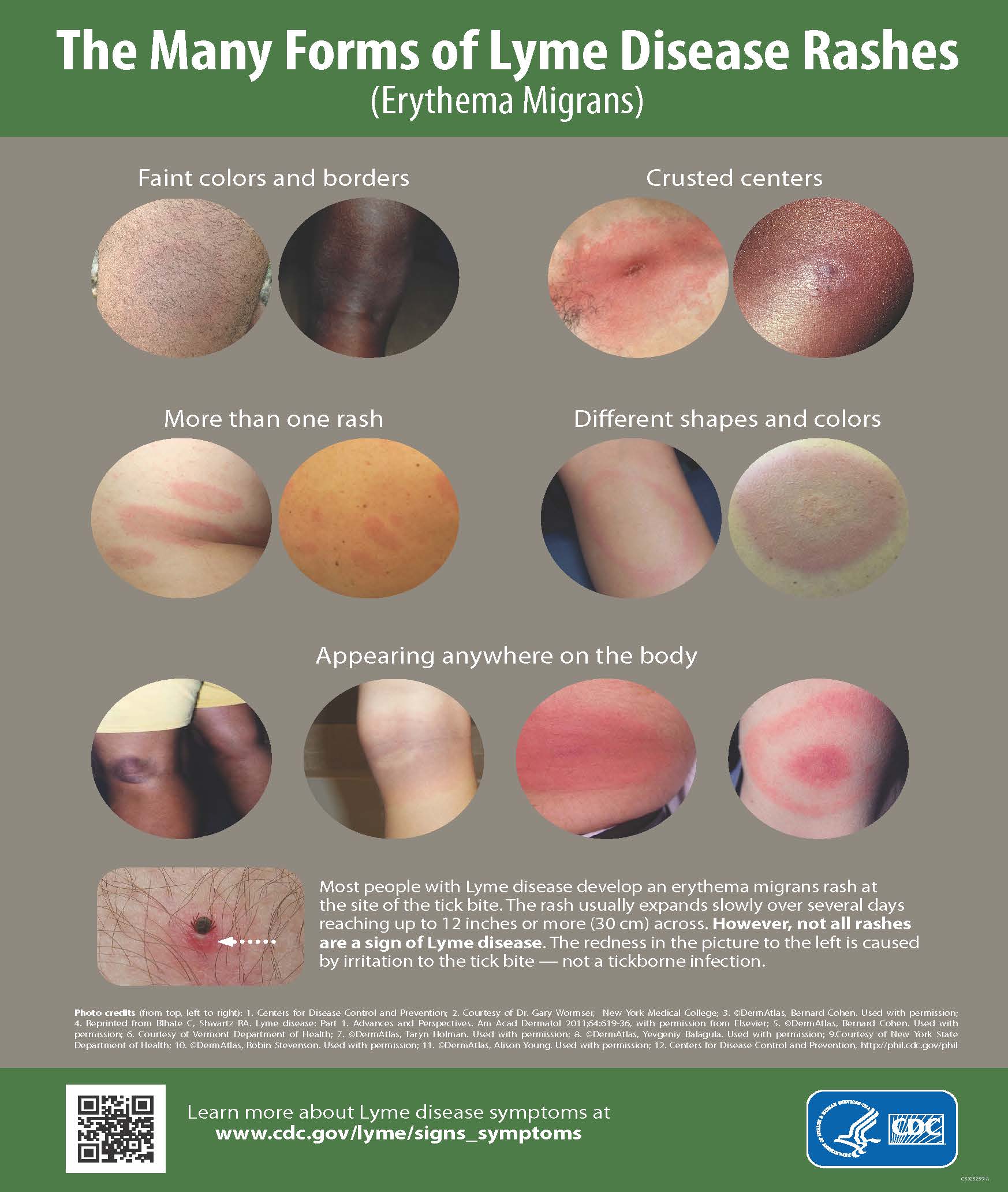Lymecare Alliance: Your Partner in Lyme Illness Education and Support
Lymecare Alliance: Your Partner in Lyme Illness Education and Support
Blog Article
Lyme Illness Recognition Month-- Learn Just How to Shield Yourself
April is designated as Lyme Illness Recognition Month, serving as an essential pointer of the importance of understanding and avoiding this increasingly widespread tick-borne illness. As we check out the nuances of Lyme condition, it ends up being clear that recognition is not simply about info; it is concerning taking significant activity to protect ourselves and our neighborhoods.
Understanding Lyme Illness
Recognizing Lyme Disease begins with recognizing its origins and transmission. This transmittable disease is mostly brought on by the germs Borrelia burgdorferi, which is sent to human beings through the bite of infected black-legged ticks, frequently referred to as deer ticks. These ticks thrive in wooded and verdant areas, making outside tasks a potential danger for direct exposure.
The lifecycle of the tick is essential to comprehending just how Lyme Condition spreads (Lymecare Alliance). Generally, the ticks start feeding in the larval stage, often acquiring the germs from tiny animals, such as rodents or deer. As they turn into grownups or fairies, they can after that transmit the microorganism to bigger hosts, including people

Recognizing Signs Early
Early recognition of Lyme Disease symptoms is crucial for effective therapy and recuperation. Lyme Condition, sent mostly with the bite of infected black-legged ticks, can lead to extreme difficulties otherwise resolved without delay. The first signs and symptoms usually appear within 3 to thirty days adhering to a tick bite and may include fever, chills, exhaustion, muscle mass and joint aches, and swollen lymph nodes.
Among the trademark signs of Lyme Condition is the particular erythema migrans rash, which appears like a "bull's- eye" pattern and normally emerges at the site of the tick bite. This breakout may not show up in every situation, making it crucial to stay watchful concerning other symptoms.
As the condition progresses, if left untreated, it can cause much more significant issues, including neurological concerns, cardiac problems, and relentless joint pain. Therefore, people who have actually remained in areas where Lyme Disease is native need to beware and check their health and wellness closely after possible exposure. Prompt clinical consultation upon discovering these signs can facilitate very early medical diagnosis and intervention, considerably boosting the likelihood of a full recovery. Understanding and education about these early indicators are crucial in combating the impact of Lyme Condition.
Effective Prevention Methods
Protecting against Lyme Illness needs an aggressive approach, especially for individuals who frequent areas where ticks prevail. Recognizing effective prevention methods is essential in lessening direct exposure to these disease-carrying arachnids.
First, it is important to wear suitable clothing when in tick-infested settings. Long sleeves, long trousers, and closed-toe footwear can dramatically lower skin direct exposure. Take into consideration dealing with apparel with permethrin, a bug spray that stays effective with several washes.
In addition, applying a tick repellent including a minimum of 20% DEET to exposed skin can further protect versus attacks. Frequently checking for ticks after exterior tasks is essential; do detailed body assessments, particularly in warm, wet areas such as behind the knees and within the hairline.
Creating a tick-safe atmosphere around your home is also beneficial. Maintain your backyard well-maintained by trimming the yard regularly, eliminating fallen leave trash, and developing barriers of gravel or timber chips to separate woody locations from recreational rooms.
What to Do After a Bite
Right away after a tick bite, it is critical to take swift activity to minimize the danger of Lyme Condition transmission. First, carefully get rid of the tick using fine-tipped tweezers, grasping it as near to the skin's surface area as feasible. Pull up with stable, also stress; do not snag the tick or twist, as this might cause components to break short and stay in the skin. After removal, clean the bite location and your hands with massaging alcohol, an iodine scrub, or soap and water.
Display the bite site for indications of infection, such as inflammation, swelling, or a rash. It is crucial to be alert for see signs and symptoms of Lyme Disease, which may consist of high temperature, cools, exhaustion, and joint discomfort, commonly showing up within 3 to thirty day post-bite. If you notice a characteristic "bull's- eye" rash or experience any of these signs, look for clinical focus without delay.
Educate your healthcare company of the tick bite, particularly if the tick was affixed for greater than 24 hours or was engorged. If essential., early treatment is crucial in stopping the start of Lyme Disease and making certain reliable treatment.
Resources for Further Details
Comprehending the steps to take after a tick bite is very important, however so is having access to reliable sources for continuous education about Lyme Condition. Various companies next page supply extensive details to assist people stay educated about avoidance, signs and symptoms, and therapy options.
The Centers for Illness Control and Prevention (CDC) offers a wide range of resources, consisting of guidelines on tick avoidance and details on Lyme Illness data. Their web site is a vital beginning point for any person seeking expertise about the illness's influence and how to alleviate risks.
Another beneficial source is the Lyme Illness Association, which concentrates on education and learning, research, and campaigning for (Lymecare Alliance). Their system includes short articles, webinars, and updates on the most up to date scientific searchings for, making it a crucial tool for both people and health care professionals
Furthermore, the American Lyme Disease Structure provides academic products customized for different target markets, including caretakers and exterior enthusiasts. They also host neighborhood occasions that advertise awareness and prevention approaches.
For those looking for support, organizations like the Tick-Borne Disease Partnership offer sources for getting in touch with neighborhood support groups and accessing patient-centered care. Using these resources can empower individuals to secure themselves and their areas properly.
Verdict

The lifecycle of the tick is important to understanding just how Lyme Disease spreads (Lymecare Alliance).The threat of Lyme Disease rises during warmer months when ticks are most energetic, particularly in areas where the disease is native to the island, such as the Northeast, Midwest, and parts of the West Coastline of the United States. Lyme Disease, transferred primarily with the bite of contaminated black-legged ticks, can lead to serious difficulties if not dealt with promptly.Promptly after a tick bite, it is important to take speedy action to decrease the risk of Lyme Illness transmission. Understanding Lyme illness, recognizing its signs, and applying effective avoidance strategies can considerably lower the risk of infection
Report this page